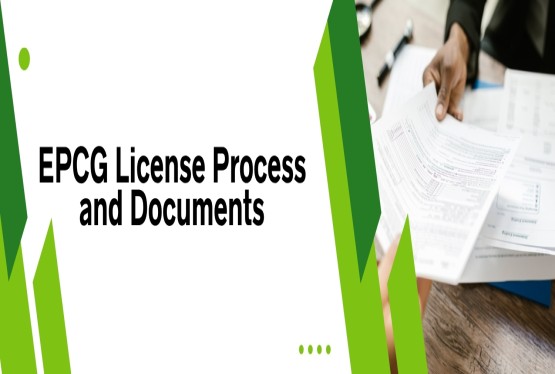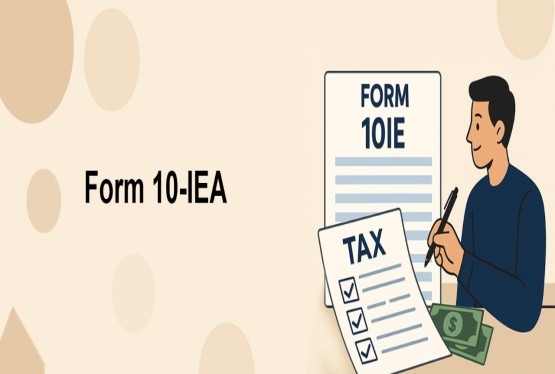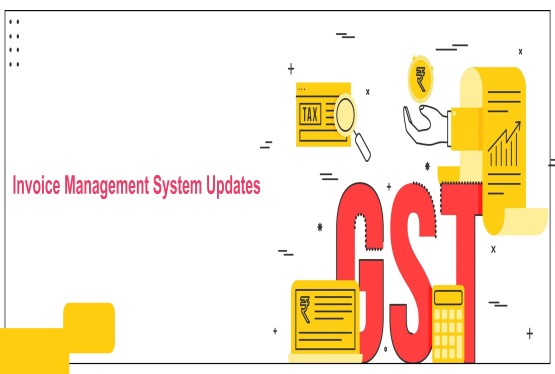Barcodes have become an integral part of modern commerce, offering a unified way to identify, track, and manage products. These simple patterns of parallel lines and numbers serve as a universal tool for efficient product identification across industries such as retail, logistics, healthcare, and manufacturing. In this article, we explore the concept of barcodes, their types, advantages, the process of Barcode Registration, and the documents required.
What is a Barcode?
A barcode is a visual representation of data that can be read by machines. It consists of parallel lines of varying widths and spaces, accompanied by numbers. Barcodes encode essential product details, such as product numbers, serial numbers, and batch numbers. This encoding allows businesses to streamline operations by simplifying product identification, inventory management, and tracking.
Barcodes provide numerous advantages, including reducing errors, saving time, optimizing inventory management, and being cost-effective. They serve as a global identification system, benefiting all stakeholders in the supply chain from manufacturers to retailers.
How Businesses Use Barcodes?
Barcodes are flexible tools with applications in various business processes:
-
Inventory Management: Large stores and warehouses use barcodes to track product movement from manufacturing to sale, ensuring accurate inventory records.
-
Asset Tracking: Businesses tag IT assets with barcodes to track them using asset management software.
-
Returns Tracking: Online retailers use barcodes to manage returned products and link them to invoices for streamlined payment tracking.
Types of Barcodes
Barcodes are categorized based on their structure and usage. Some common types include:
1. EAN-13
-
Also known as the International Article Number.
-
Extensively used in Europe, India, and other countries for global retail supply chain tracking.
-
Consists of 13 digits.
2. UPC-A
-
Universal Product Code, widely used in the US, Canada, and other countries.
-
Features 12 digits and is essential for retail standardization.
3. GS1 Barcodes
GS1 is a global organization that develops barcode standards. Key types include:
-
GS1 EAN/UPC Family Barcodes: These are the most common barcodes, facilitating global trade with Global Trade Item Numbers (GTINs).
-
GS1 DataBar Family Barcodes: Used for labeling fresh foods with batch numbers, expiration dates, and weights.
-
GS1 1D Barcodes: Includes GS1-128 and ITF-14, which track items across supply chains and are suited for corrugated materials.
-
GS1 2D Barcodes: Compact and capable of storing extensive data. Used in logistics, healthcare, and manufacturing.
Barcode Registration Process
Barcode registration involves assigning a unique identification code to a product and linking it to a barcode symbol. This code is important for tracking items across the supply chain, inventory management, and pricing.
Steps to Register a Barcode:
-
Obtain a Unique Identification Number: Apply to a global organization like GS1 or EAN International.
-
Generate Barcode Symbols: Use software or hardware supporting the desired barcode format.
-
Print Barcodes: Affix them on product labels or packaging.
-
Link to Database: Ensure the barcode symbol and identification code are correctly linked in your database.
Registering your barcodes with a global organization ensures that your product information is recognized worldwide, facilitating seamless communication across supply chain systems.
Documents Required for Barcode Registration
To register barcodes, businesses typically need the following documents:
-
Letter requesting barcode allotment
-
PAN card of the entity
-
Audited balance sheet
-
Certificate of incorporation or partnership deed
-
Memorandum of Association/Articles of Association
-
Copy of cancelled cheque or bank statement
Note: Requirements may vary depending on the registration authority.
Barcode Registration Fees
Barcode registration fees depend on several factors:
-
Turnover of the Company: Higher turnover may lead to higher fees.
-
Number of Barcodes: Fees increase with the number of barcodes required.
-
Subscription Period: Fees vary based on the validity period (1 year, 2 years, etc.).
In India, these fees are structured to accommodate businesses of varying sizes, ensuring accessibility for small and large enterprises.
Advantages of Barcode Registration
-
Reduced Errors: Automation eliminates manual data entry errors.
-
Cost-Effective and Convenient: Barcodes are easy to print and can be customized.
-
Detailed Product Information: Barcodes store crucial product data like serial and batch numbers.
-
Optimized Inventory: Barcodes enable efficient tracking and inventory management.
-
Timesaving: Quick access to product information saves time in operations.
-
Accurate Billing: Automated data ensures precise billing.
-
Global Recognition: Unique barcodes ensure standardized identification worldwide.
Types of Barcode Packages
We offer barcode packages tailored to businesses with a turnover of up to Rs. 5 Crores. The packages include:
-
100 barcodes with 1-year validity
-
100 barcodes with 2-year validity
-
100 barcodes with 3-year validity
Our services include obtaining barcode numbers, registering them with issuing agencies, and providing renewal support.
How Can We Help with Barcode Registration?
Our entire process for barcode registration ensures efficiency and accuracy:
-
Document Upload: Submit necessary documents via our web portal.
-
Consultation: Our business advisors guide you in selecting the right barcode package.
-
Payment: Choose a package and complete the payment.
-
Application Submission: Our team verifies your documents and applies for barcode registration.
-
Certificate Issuance: Upon successful registration, we provide your barcode and certificate.
FAQs
Q1. Why is barcode registration important?
Ans. Barcode registration ensures unique product identification, streamlining inventory management and enhancing supply chain efficiency.
Q2. Can small businesses afford barcode registration?
Ans. Yes, packages are available for businesses of all sizes, with options tailored to turnover and specific needs.
Q3. How long does barcode registration take?
Ans. The process typically takes a few days after document submission and verification.
Q4. Is barcode registration mandatory?
Ans. While not legally mandatory, barcode registration is essential for businesses involved in retail, exports, or large-scale inventory management.
Q5. Can I renew my barcode registration?
Ans. Yes, barcode registrations can be renewed for continued validity.
Q6. What happens if I don’t register my barcode?
Ans. Unregistered barcodes may lead to inefficiencies, errors, and limited acceptance in global supply chains.
Q7. Can barcodes be customized for specific needs?
Ans. Yes, barcodes can be tailored to meet the unique requirements of businesses.








_crop10_thumb.jpg)

















































































_for_FY_2025-26_crop10_thumb.jpg)



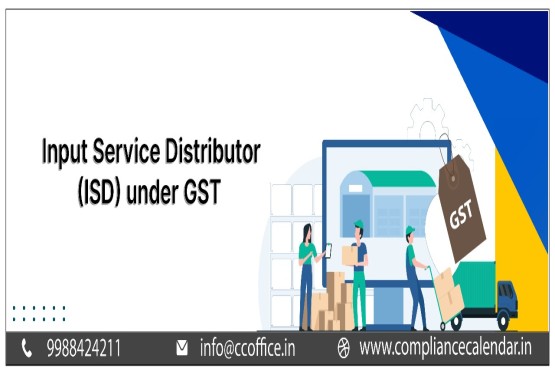








_learn_crop10_thumb.jpg)








_Filing_Due_Dates_for_FY_2024-25_learn_crop10_thumb.jpeg)


























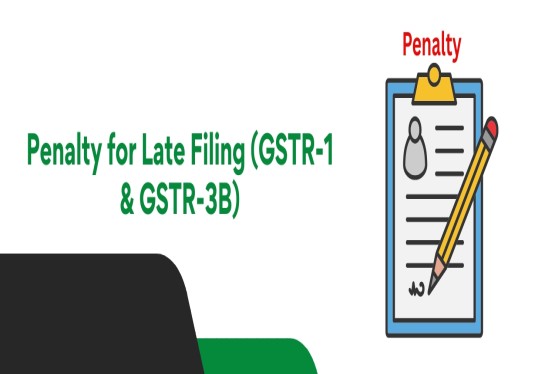












_of_GST_Act_learn_crop10_thumb.jpg)










_Under_GST_learn_crop10_thumb.jpg)









_crop10_thumb.jpg)


_crop10_thumb.jpg)






_learn_crop10_thumb.jpg)






















_of_the_Income_Tax_Act_learn_crop10_thumb.jpg)



_learn_crop10_thumb.jpg)
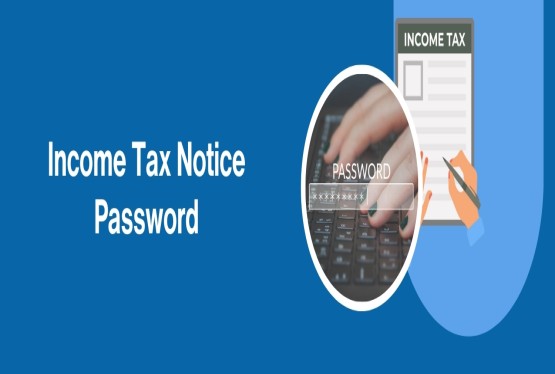





_learn_crop10_thumb.jpg)






_crop10_thumb.jpg)




















_in_The_Income_Tax_Act,_1961_learn_crop10_thumb.jpg)



_learn_crop10_thumb.jpg)



_of_the_Income_Tax_Act_learn_crop10_thumb.jpg)


_Of_Income_Tax_Act_learn_crop10_thumb.jpg)








_learn_crop10_thumb.jpg)








_learn_crop10_thumb.jpg)
_crop10_thumb.jpg)






















_learn_crop10_thumb.jpg)
_for_Import_and_Export_learn_crop10_thumb.jpg)


















